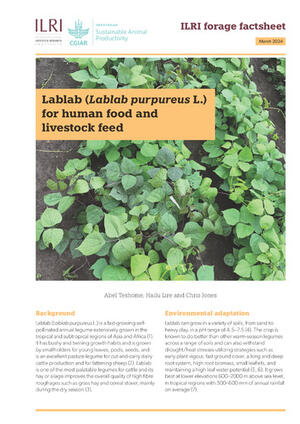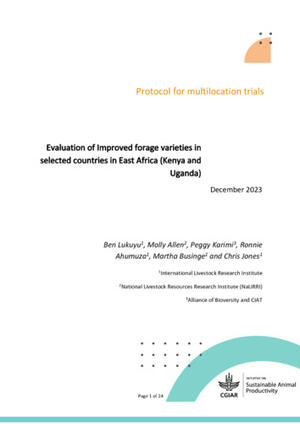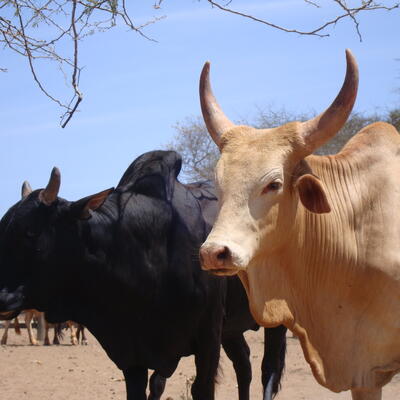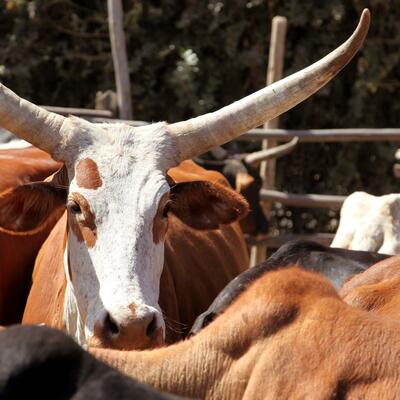
A comparison between local cattle breeds in Kenya in the rate and extent of adhesion of rumen bacteria to maize stover
Current studies on the limitation of ruminant livestock productivity among the smallholder dairy farmers of Kenya have not fully detailed the rumen microbial factors that limit the liquefaction of the insoluble structural carbohydrates from their native structure. The initial adhesion to digestible plant tissue in the rumen by primary colonizers is an obligatory step in plant structural carbohydrate hydrolysis. The proposed study aims to assess the rate and extent of adhesion of main cellulolytic rumen bacteria Butyrivibrio fibrisolvens,Ruminococcus albus and Ruminococcus flavefaciens. A 'split plot in time' experimental design will be used.The neutral detergent fibre of whole dry maize stover will be the main plots at three fibre levels( 55%, 65% and 75%). The two sources of rumen micro-organisms are Zebu (Bos indicus) and Fresian ( Bos taurus). Nine in vitro sampling periods for the in vitro rumen digesta will be the blocking criterion. The maize stover will be incubated with buffered rumen fluid from the two sources. Bacterial genomic DNA will be extracted from samples and the target 16S ribosomal DNA (rDNA) for each bacterial species amplified with respective consensus primer sets by real time PCR quantition (qPCR) assays). The extent of NDF degradation for each sampling period will also be determined in proximate analysis.
Knowledge of microbial adaptability to accessibility to high fibre diets for micro-organisms in local bovine breeds can form the basis of molecular characterization of their specific adhesins. Research on various fibrolytic enzymes and cellulose binding domains has the potential to allow for the transfer of novel genetic material to rumen bacteria for enhancing the hydrolysis of plant cell walls in bovine breeds kept by the smallholder dairy farmers in Kenya. A fundamental innovation in the rumen can make the well- established crop residues contribute significantly to dry season feed stress . Milk production can be sustained and increased in an approach affordable to the farmers.















